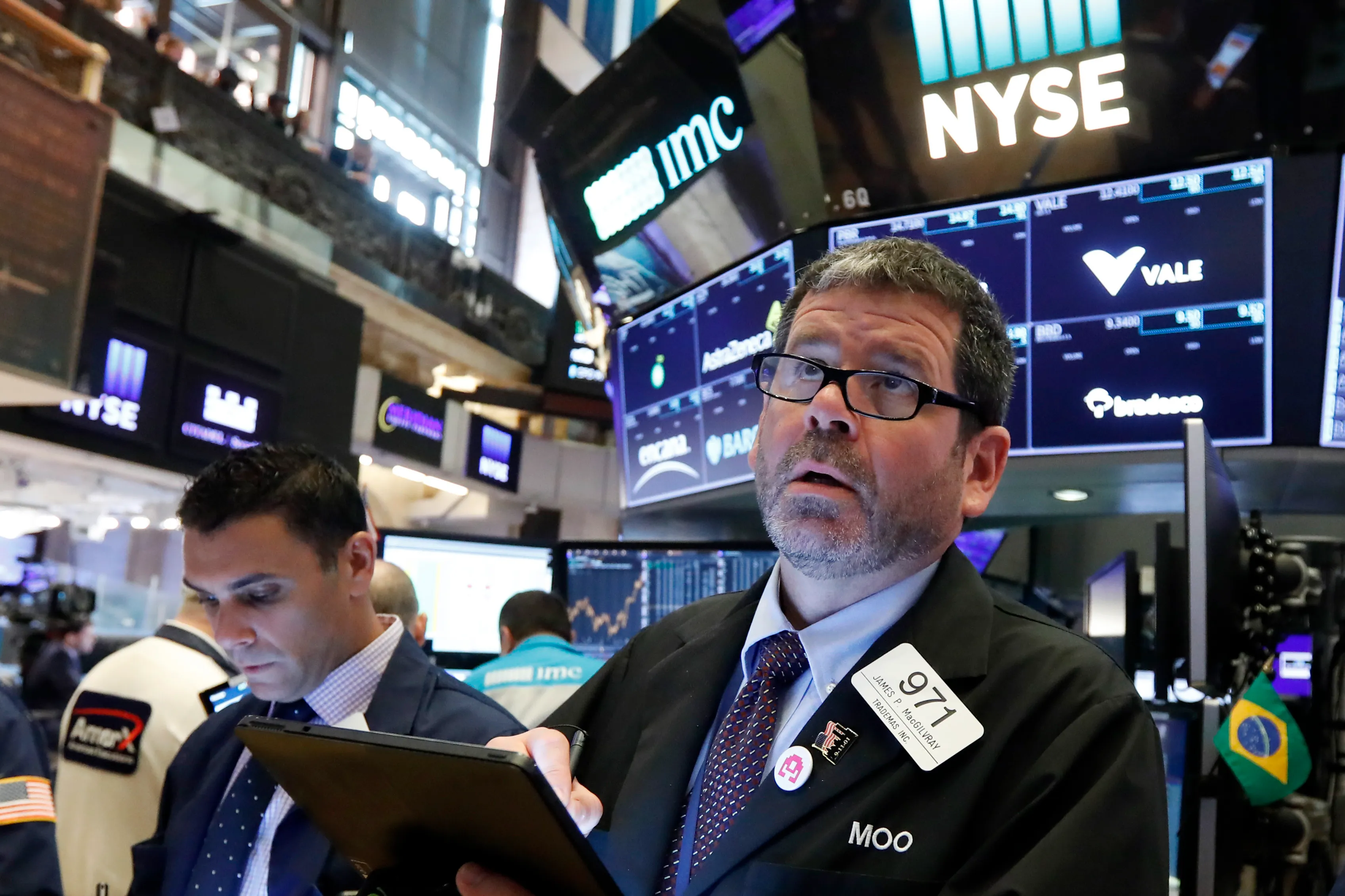A major gauge of U.S. corporate bond valuations has climbed to its highest level in nearly 30 years, as investors scramble to secure still-attractive yields amid speculation that the Federal Reserve could start cutting interest rates as early as next month.
The extra yield investors earn for holding investment-grade corporate bonds over Treasuries narrowed to just 73 basis points on Friday, marking the lowest level since 1998, according to Bloomberg index data.
This sharp drop signals that corporate bonds have become unusually expensive, as buyers rush to lock in current interest rates despite mounting economic uncertainties and ongoing trade tensions. Many bond traders are wagering that the Fed will soon shift its stance, cutting rates as soon as next month, after recent economic reports showed inflation largely in line with expectations and signs of a cooling labor market.
Average investment-grade yields have hovered above 5% over the past three years, a result of the Fed’s rapid tightening cycle aimed at taming post-pandemic inflation. That spike in yields has been a magnet for big institutional investors including insurance firms and pension funds helping to keep spreads tight despite geopolitical risks and the uncertainty sparked by President Donald Trump’s tariffs.
Still, not everyone jumped in immediately. Some investors remained cautious after being burned in the 2022 market rout, when the Fed’s aggressive rate hikes pummeled bond prices. But that hesitation appears to be fading. Fearing the opportunity to secure higher yields is slipping away, many are rushing to buy, according to Matt Brill, head of North American investment-grade credit at Invesco Ltd., which manages $2 trillion in assets.
“There’s definitely a bit of FOMO happening,” Brill said in an interview, referring to fear of missing out. “These are the kinds of yields people have been wanting for years.”
That sense of urgency is fueling record inflows into funds focused on investment-grade bonds, according to JPMorgan Chase & Co. credit strategists Eric Beinstein and Nathaniel Rosenbaum. Historically, inflows tend to surge when the Fed cuts rates since lower rates boost the value of existing bonds and reverse during tightening cycles.
“These patterns indicate we may be entering a period of strong inflows, with rate cuts now largely priced in for the next three FOMC meetings in 2025,” the strategists wrote in an August 12 note.
At the same time, new supply of corporate bonds is drying up as companies delay borrowing in anticipation of lower rates ahead. JPMorgan projects a third straight month of negative net supply, factoring in expected August maturities of $71 billion and coupon payments of $35 billion. With summer issuance slowing, dealers are finding it harder to keep inventory on hand for eager buyers.
“With spreads compressed across credit markets, finding smart trades is tougher than finding a parking spot at Costco on a Saturday,” joked Mark Clegg, senior fixed-income trader at Allspring Global Investments.
The sharp compression in spreads has raised eyebrows about whether investors are becoming complacent about potential credit risks, especially if the economy stumbles. After spreads spiked to 119 basis points following broad tariff threats in April, Bloomberg Intelligence analyst Noel Hebert predicted they would stabilize near 93 basis points roughly 20 points wider than where they are now.
“A good portion of that gap reflects complacency in risk pricing, whether because investors are dazzled by total yield or for some other reason,” Hebert said.
UBS Group AG strategists, including Matthew Mish, share that view. They warn that spreads could widen as the labor market softens, the Fed begins cutting rates, and yields decline. Even so, falling yields would lift prices on existing bonds giving many investors reason to overlook tight spreads for now.
“The summer spread grind is in full swing,” said Nicholas Elfner, co-head of research at Breckinridge Capital Advisors. “Investment-grade spreads have erased all the widening we saw in April as worst-case tariff risks faded.”

Subscribe to our newsletter!
As a leading independent research provider, TradeAlgo keeps you connected from anywhere.








